As we all connected more with nature during 2020, there was a surge in interest in moth trapping – the act of catching, identifying and releasing moths, usually using a very bright white light and a box. Data suggests a rise of around a third in the numbers of people submitting sightings, and a 50% rise in sales of moth traps. Although moth traps are a good way to attract and catch insects, there are some other methods for doing so, which are detailed below and on the Moth Night website.
“Mothing is an ideal garden-based activity,” says Mark Tunmore, the founder of Moth Night and editor of the journal Atropos. “So it is no surprise there was increasing interest in these fascinating species as people enjoyed connecting with nature during the lockdowns [in 2020]. Running a moth-trap provides the constant potential for a surprise and a source of wonder for children.”
There are around 2,500 species of moths in Britain, split into two groups - macro (larger) and micro (smaller). Of the former, there are around 900 species and of the latter, about 1,600 species.
What is Moth Night?
Moth Night is an annual celebration of moth recording in Britain and Ireland. There is a different theme and date each year.
This recording event is organised by Atropos, Butterfly Conservation and the UK Centre for Ecology and Hydrology (UKCEH).
Learn more about moths:
- Wildlife Q&A: Why are moths attracted to artificial light?
- Wildlife Q&A: How can plume moths fly on such narrow wings?
- News (2020): Moths and butterflies shift their symmetry to improve camouflage
- News (2019): Moths have a bad reputation despite ecological importance
Learn more about butterflies:
Moth Night 2022 theme and species
This year, Moth Night runs between 19th and 21st May 2022, and focusses on the moth species found in woodlands.
Previous themes of Moth Night have included:
- Moths in reedbeds and wetlands
- Red underwings
- Clifden nonpareil moth
- Pyralid moths
- Moths on flowering ivy
Which species might be found during Moth Night 2022?
We have shared some of the species you might find in woodlands. The Moth Night website shares which other common moth species may be seen during the event.
The What's Flying Tonight app by UKCEH is another useful tool, which uses the date and your location to show which species may be flying.
Kentish glory (Simyra albovenosa)
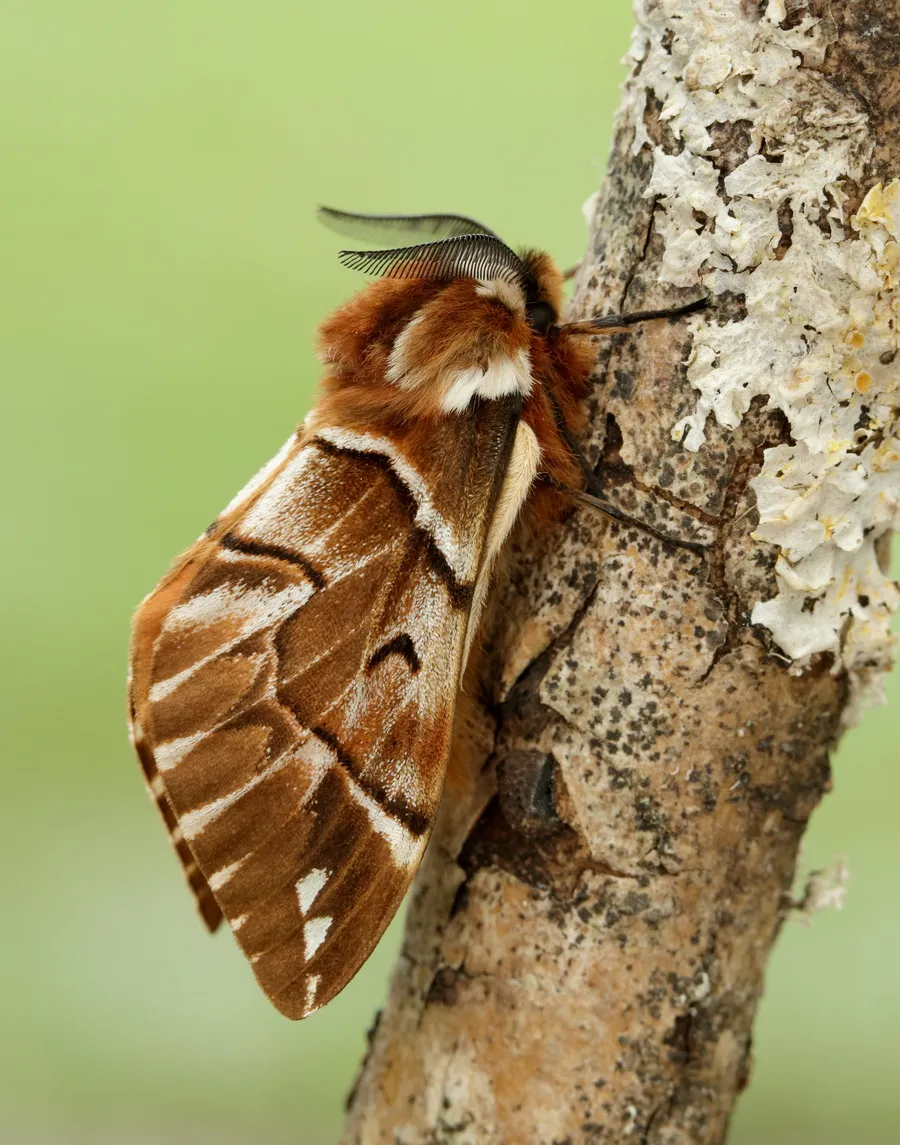
Small dark yellow underwing (Coranarta cordigera)
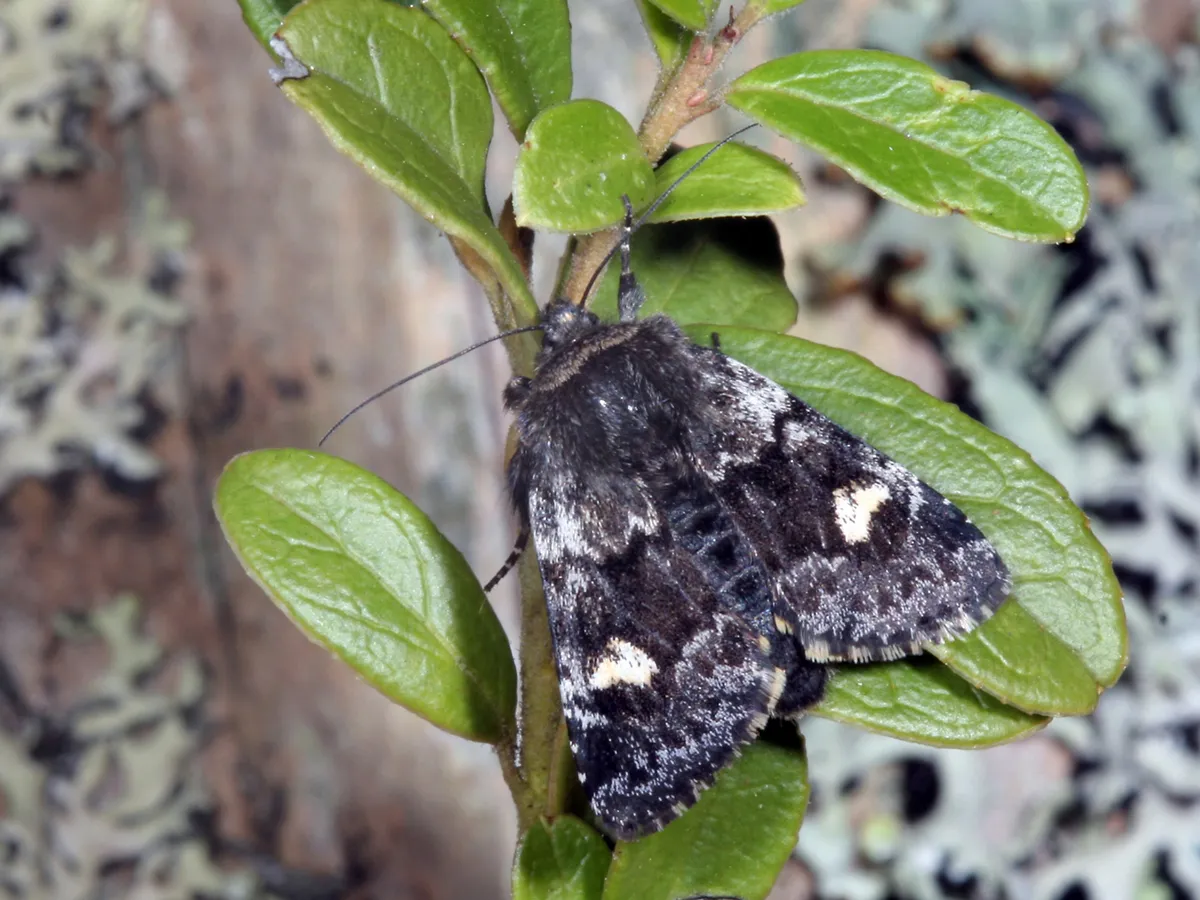
Mother Shipton (Euclidia mi)
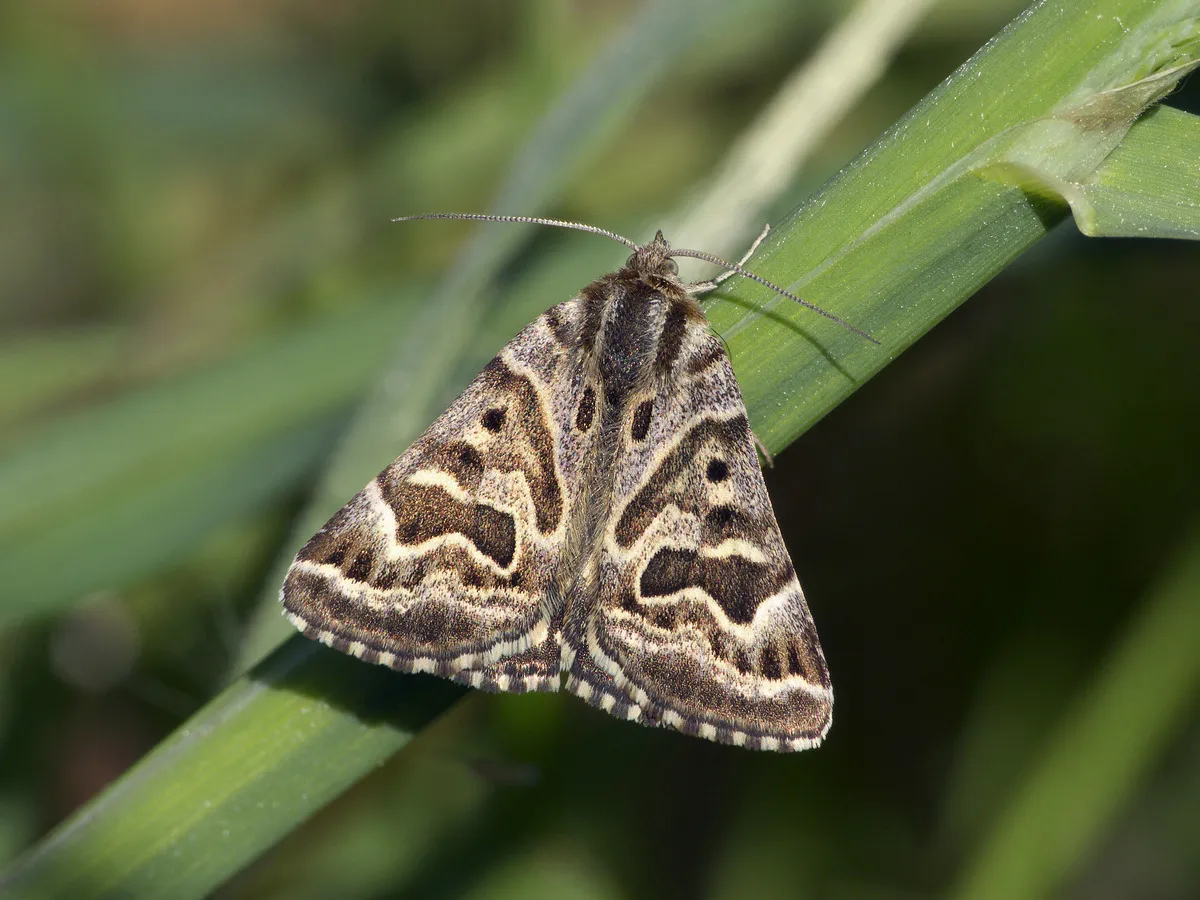
Burnet companion (Euclidia glyphica)
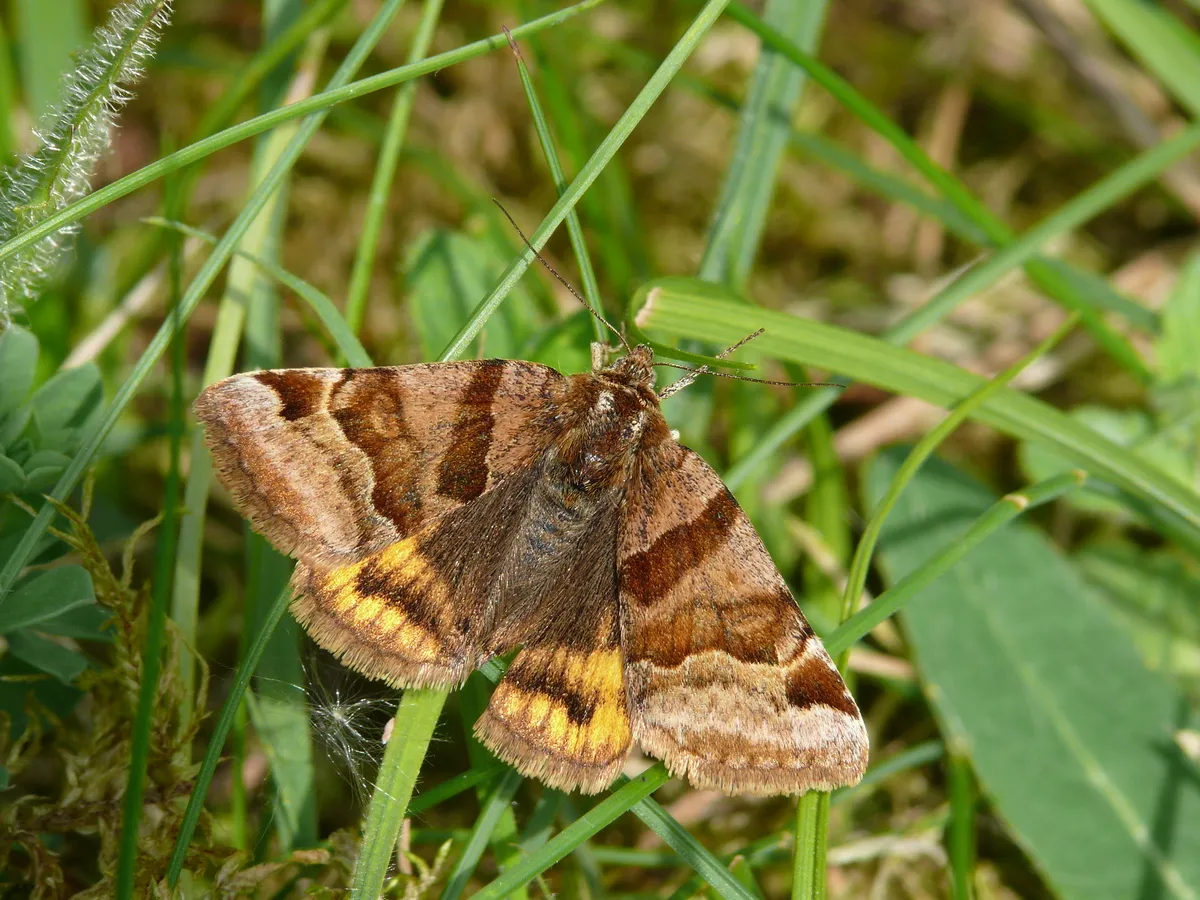
Emperor (Saturnia pavonia)
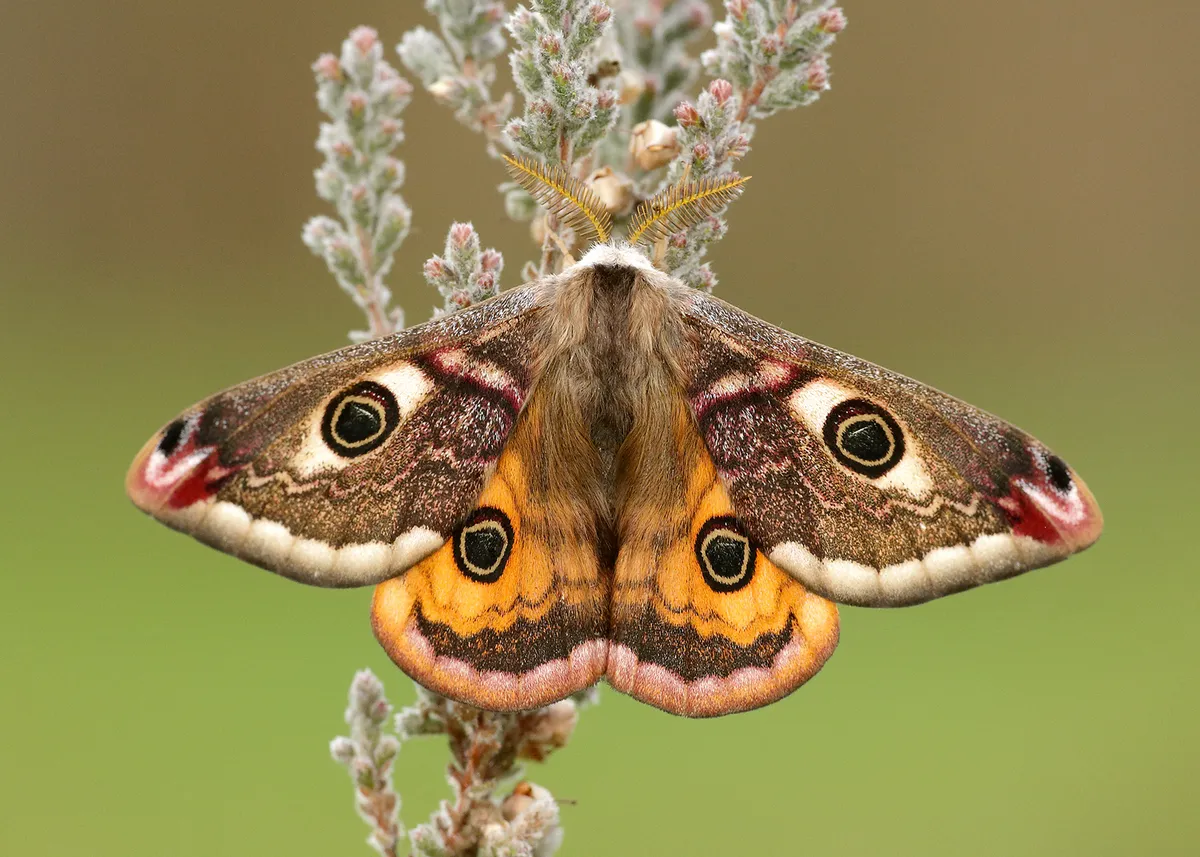
Speckled yellow (Pseudopanthera macularia)
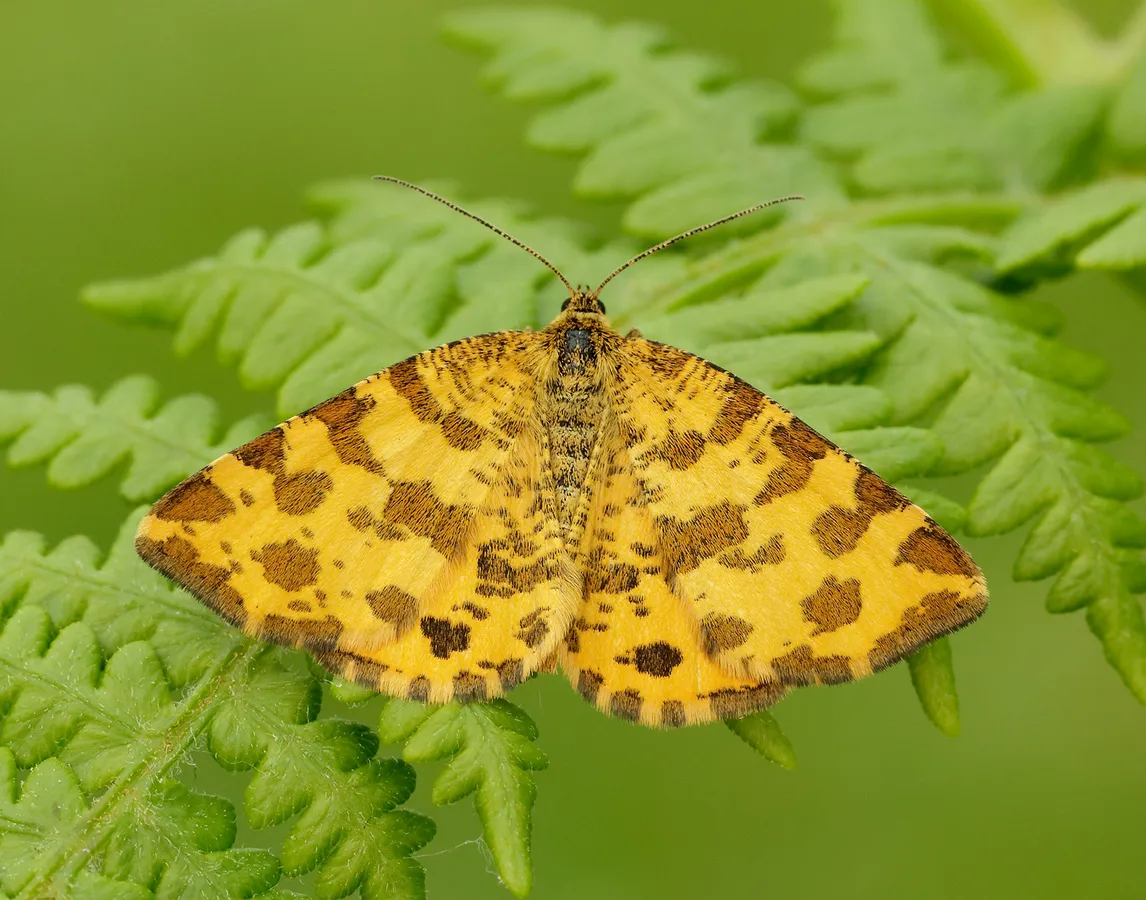
Narrow-bordered bee hawk-moth (Hemaris tityus)
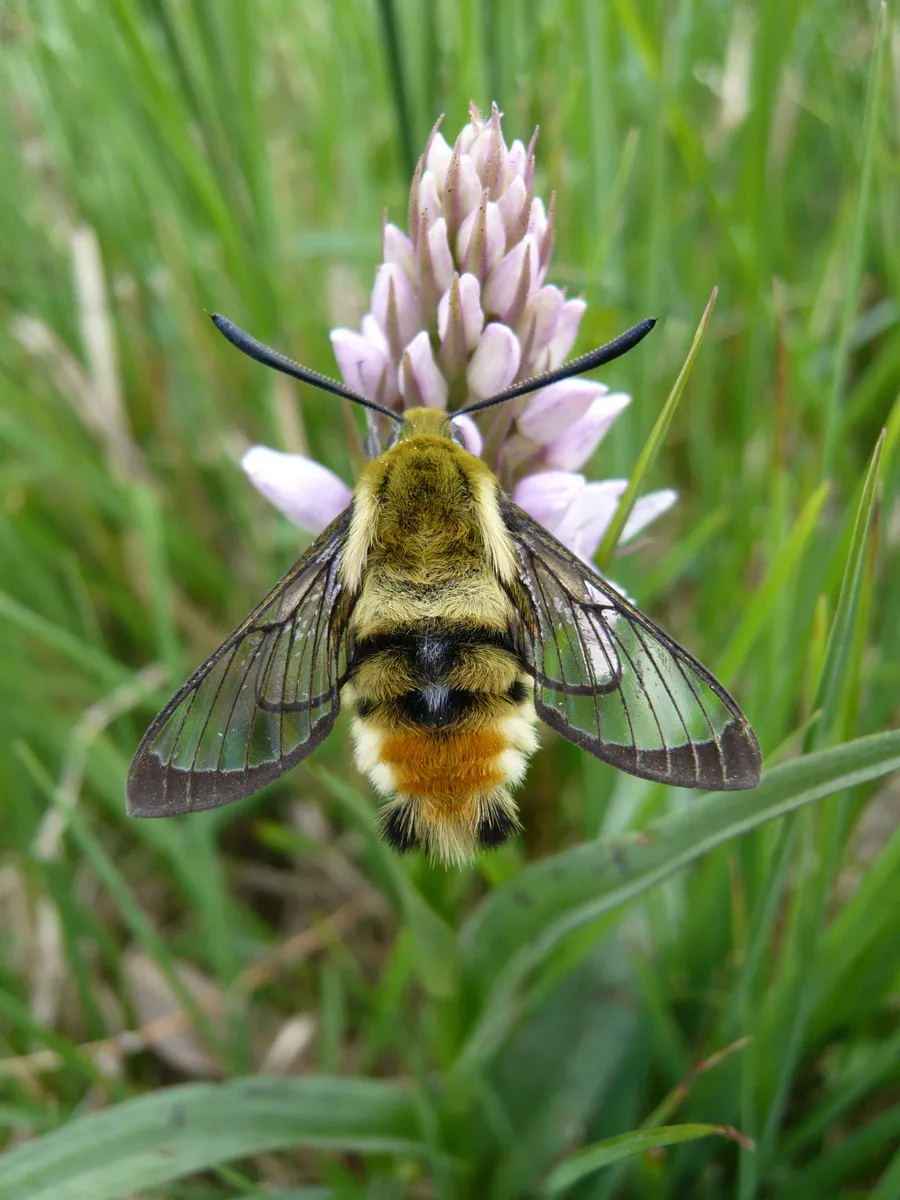
Argent and sable (Rheumaptera hastata)
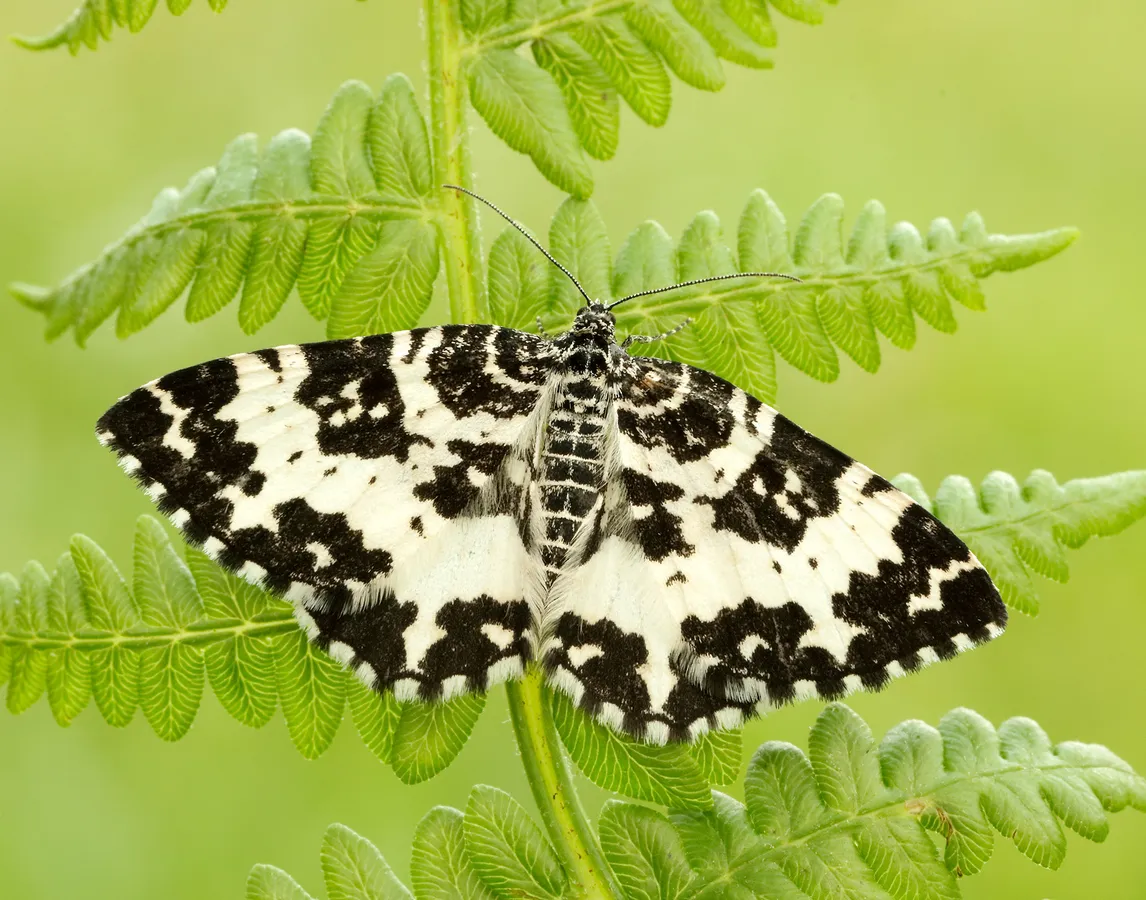
How to attract moths
Across the UK moth-traps and bedding plants will be deployed by thousands of people keen to see the amazing variety of moths that visit our shores or live year-round in our gardens and countryside.
Most moths have a well-known attraction to light so put out a moth trap, string up a white sheet, or simply leave an outside light on to attract them.
Some with more colourful tastes, can be lured in for a closer look with ropes soaked in alcohol, and the heady scent of the tobacco plant, Nicotiana.
Learn more about attracting pollinators to your garden:
How to submit your Moth Night sightings
Although there is a theme for Moth Night, all records of moths are welcome to be submitted for the event via the Moth Night website.
“Moths are an integral part of ecosystems and are excellent indicators of biodiversity and quality of habitats,” says Dr David Roy of UKCEH. “By submitting more records, the public is improving scientists’ understanding of the impacts of environmental changes on moth populations and also British wildlife. This then provides the necessary evidence to inform conservation action to protect habitats, and the species they support.”





